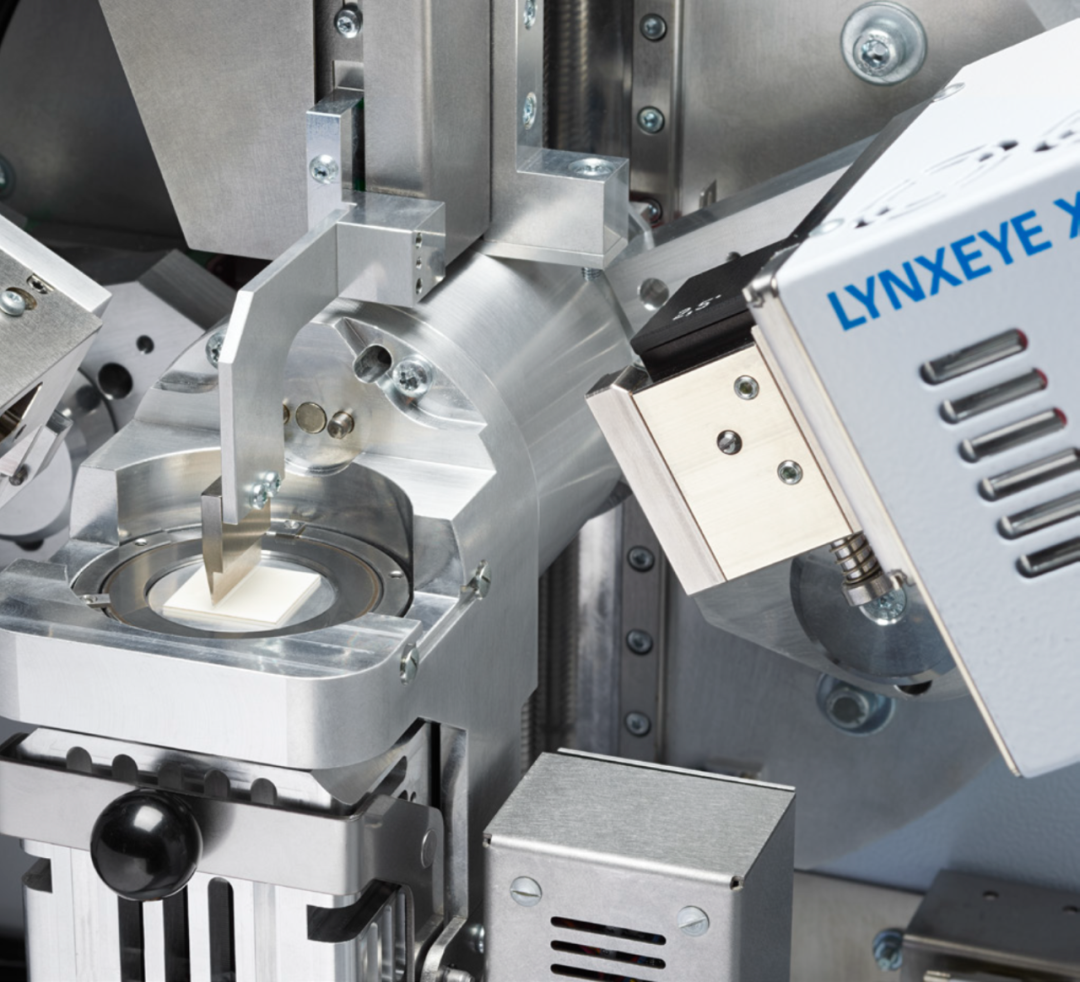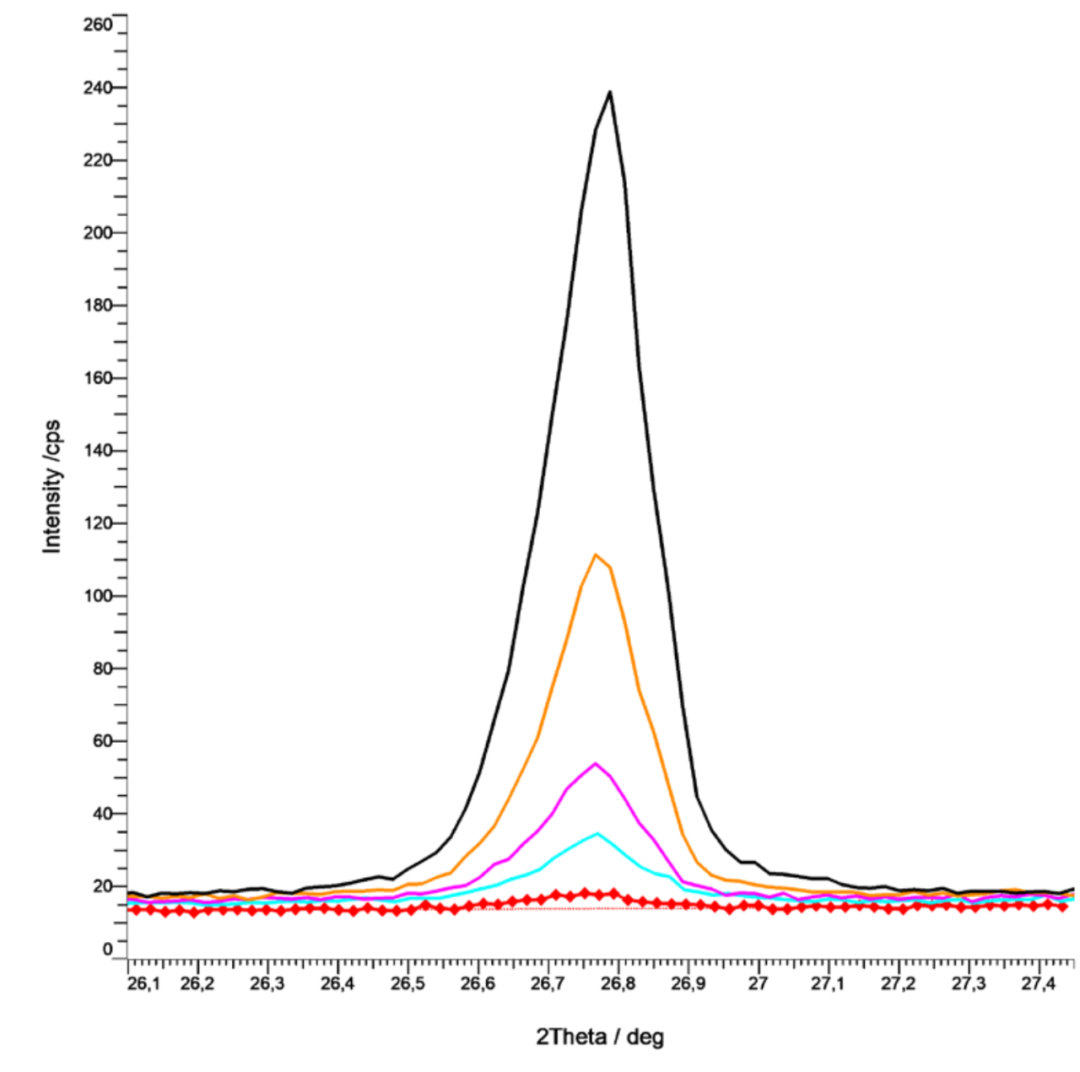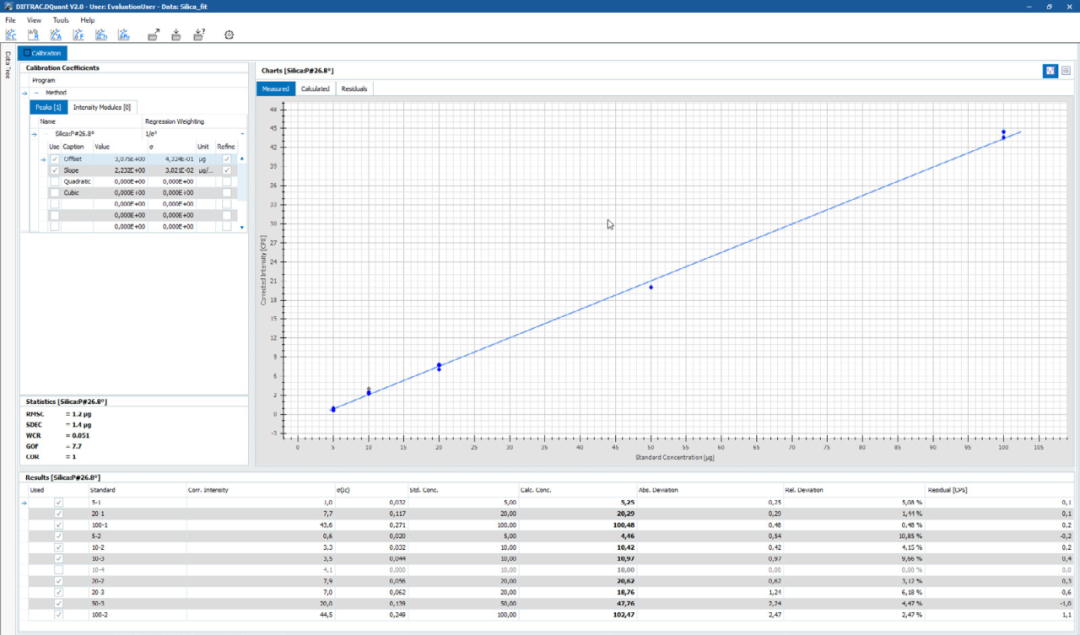Brooke's New Desktop D6 PHASER Application Report Series (II) - Monitoring Silicon Dioxide Dust Content
Dust is harmful to health
As is well known, silicon dioxide (SiO2) is a chemical substance that exists both in the natural world and can be artificially synthesized. It is widely distributed on Earth and is a typical component of soil and rocks, as well as in casting materials or concrete. It has been found that occupational populations who inhale crystalline silica dust for a long time are prone to lung disease or other respiratory diseases. Therefore, silica dust (also known as free silica) has become the second most common source of occupational respiratory diseases after asbestos. Workers engaged in industries such as mining, diatomaceous earth, granite, pottery, refractory bricks, construction, and casting are more susceptible to prolonged exposure to work environments containing silica dust. In these industries and work environments, exposure to inhalable silica should be avoided to reduce corresponding health risks. Several influential institutions in several countries have established relevant regulations and limits for exposure to silica dust, and have used them to monitor the concentration of silica dust. The specific measure is to sample the filtered air particles and test them with X-ray instruments. The corresponding procedures need to be managed according to national standards, including NIOSH 7500, OSHA ID-142, MSHA P-2, and so on.
D6 PHASER effectively monitors dust
The D6 PHASER X-ray diffractometer can distinguish multiple crystal forms of crystalline silica (such as quartz, cristobalite, and phosphorite), and can use appropriate methods to quantitatively analyze its crystal form and phase content. The D6 PHASER instrument can push monitoring and quantification limits to extremely low levels by using an X-ray generator with a power of up to 1200 W, combined with a high-throughput Sollar slit and dynamic beam optimization system (Figure 1). Therefore, the D6 PHASER diffractometer has the advantages of high sensitivity and rapid analysis for monitoring silica dust.

▲ Figure 1. The D6 PHASER is equipped with a variable divergence slit (VDS), dynamic beam optimization system (DBO), electric anti air scattering screen (MASS), and LYNXEYE XE-T detector.
DIFFRAC DQUANT software is used to perform drift correction that meets standards, evaluate unknowns, and report the results directly to the laboratory's LIMS system or internal instrument database. It fully supports absorbance correction required by NIOSH 7500 or segmented calibration required by MSHA.
In the DQUANT V2 version, the intensity is determined using the integrated fitting area of the signal peak (Figure 2). K of signal peak α 1 and K α 2 signals are finely tuned using Split Pseudo Voigt function to consider peak asymmetry, and a linear background is used. Prepare and test the same standard sample multiple times to eliminate abnormal samples in the calibration standard. In this example, absorption correction was not applied as it would affect the testing of higher concentrations, while the purpose of this study is to detect the lower limit of quantification (LOQ) that D6 PHASER can achieve for silica testing.

▲ Figure 2. The X-ray intensity changes with the concentration of silica in each sample.
The figure shows the NIST standards of 100, 50, 20, 10, and 5 μ G sample (each quartz peak scan time is 1.5 minutes). five μ The sample (red curve with symbol) curve can be separated from the background (dashed line), indicating that the detection limit of the instrument for silica is at least higher than 5 μ, Better than NIOSH 7500 with a detection limit of 20 μ G.
The calibration result (Figure 3) fully meets the requirements of the NIOSH standard. The zero offset of the curve is 0.4 μ G (allowed ± 5) μ g) . The limit of quantification (LOQ) for this example is approximately 5 μ G. In theory, the error can be further reduced by increasing the measurement time. However, due to the very small amount of material deposited on the sampling filter, sampling errors may be higher than indicated by count statistics.

▲ Figure 3. DIFFRAC The standard curve produced by DQUANT shows high linearity.
The estimated quantification limit based on DIN and IUPAC standards is approximately 5 μ G. The data was collected using D6 PHASER's 1200kW Cu target radiation generator, without the use of K β Filter, 4 ° high-throughput Soler slit, main variable divergence slit (constant illumination mode, 15mm width), electric anti air scattering screen. In high-resolution mode, the LYNXEYE XE-T detector measured the silica peak within the scanning range of 2Theta at 25.741~27.433 °, with a total testing time of 96 seconds
-Reprinted on Brooke X-ray Department official account




